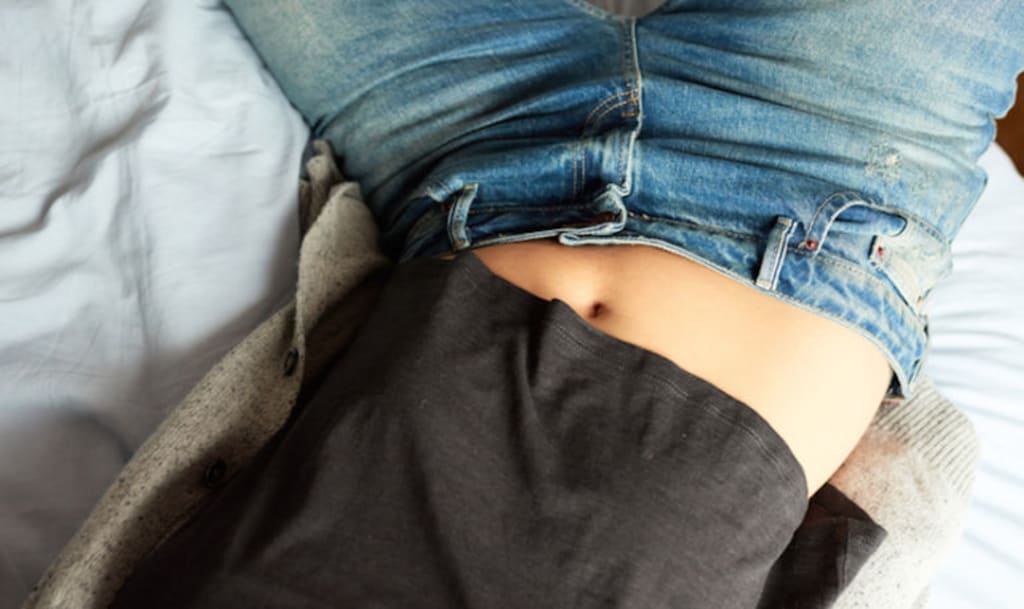Why Your Skin Doesn't Need to Degenerate with Age
Learn how the beneficial microflora found deep inside our intestinal walls can assist as a key player in your skincare regimen.

Our skin is the largest organ and renews itself every 28 days while shedding 30,000 to 40,000 dead skin cells every minute. The health of our skin goes far beyond what we put on it but what state our gut environment is; our skin is essentially a window into our internal self! Common skin problems arise from hormones (it’s not your imagination, ladies!), nutritional imbalances, and immune system distress.
Below, learn how this beneficial microflora that is found deep inside our intestinal walls can assist as a key player in your skincare regimen.
How Your Skin Can Signal Deeper Issues
Acne, discoloration, wrinkles, and blemishes are often extremely irritating both physically and emotionally. The good news? These are not things you must live with for the rest of your life. They may be red flags that something below the surface is occurring, resulting in physical appearances on the skin.
Gut and Skin Connection
The gastrointestinal (GI) tract and the skin are both major organs of detoxification. In order to break down food, absorb nutrients, and eliminate the plethora of toxins we’re exposed to, we need a healthy microbiome (a microbiome is microorganisms in a particular environment).
Often times when our gut flora is not healthy, it can manifest an overabundance of health problems including acne and other skin issues. Therefore if you’re wanting to clear up your skin, you have to begin with, your gut.
Where’s My Natural Probiotics?
You may be wondering; Well, if I have bad bacteria and good bacteria, why am I showing signs up imbalance through my skin? Why are the bad bacteria overtaking the good bacteria? Your intestinal flora count may be low for a plethora of reasons ranging from cesarean sections, breastfeeding, antibiotics, and a lowered immune function.
Babies are introduced to their first dose of probiotics when they pass through the birth canal. A dose of microbes is also introduced through the skin to skin contact with the mother, father, doctor, and nurses. This means if a baby is born through C-section and without the gauze-in-the-vagina technique and no immediate skin to skin contact, the baby may not have been introduced to probiotics at all. Same with breastfeeding, as breast milk is loaded with probiotics, too. Probiotics that are completely safe for babies are available, however!
Nowadays, most sick days are treated with a round of antibiotics that destroy the population of healthy bacteria that lives in the gut. Not all hope is lost though. Since antibiotics are often necessary, you can use a probiotic 2 hours before or after antibiotics are ingested which will introduce a new population of good bacteria. After the prescription is finished, continue taking probiotics at least two weeks following.
Anti-Aging Skin Begins in Your Gut
A recent study examined the impact of mice who were given a bifidobacterium strain orally three times a week for seven weeks, after UVB radiation. The supplementation significantly suppressed changes in transepidermal water loss, skin hydration, and epidermis thickening. Overall, this is huge for aging skin as it begins losing collagen and hydration.
Probiotics assist in the digesting processes to better assimilate nutrients from your food. Meaning, your skin receives much more antioxidants, vitamins, and minerals that keep it healthy and glowing.
Adult acne is a real thing and it’s not as uncommon as you may think it is. In one study, teenagers found that ingesting probiotics provided an improvement in their blemishes after only two weeks.
Wrinkles are often a foreseen, unexcitable part of getting older. However, probiotics provide good bacteria which assist in eliminating toxins and free radicals which damage our skin and can cause early signs of aging.
Overall there’s more to anti-aging than just magic creams and lotions. Eating a whole foods diet and absorbing essential vitamins, minerals, and antioxidants are essential. You’ll save money on vanity products and obtain a microflora that works to keep you healthy and radiant.
About the Creator
Emily Holland
Emily is a Registered Holistic Nutritionist (R.H.N) student and founder of http://feroniahealth.com
Enjoyed the story? Support the Creator.
Subscribe for free to receive all their stories in your feed. You could also pledge your support or give them a one-off tip, letting them know you appreciate their work.






Comments
There are no comments for this story
Be the first to respond and start the conversation.